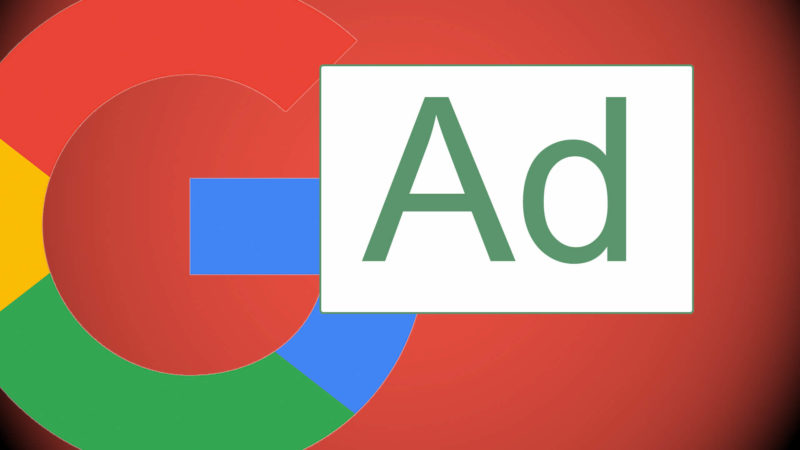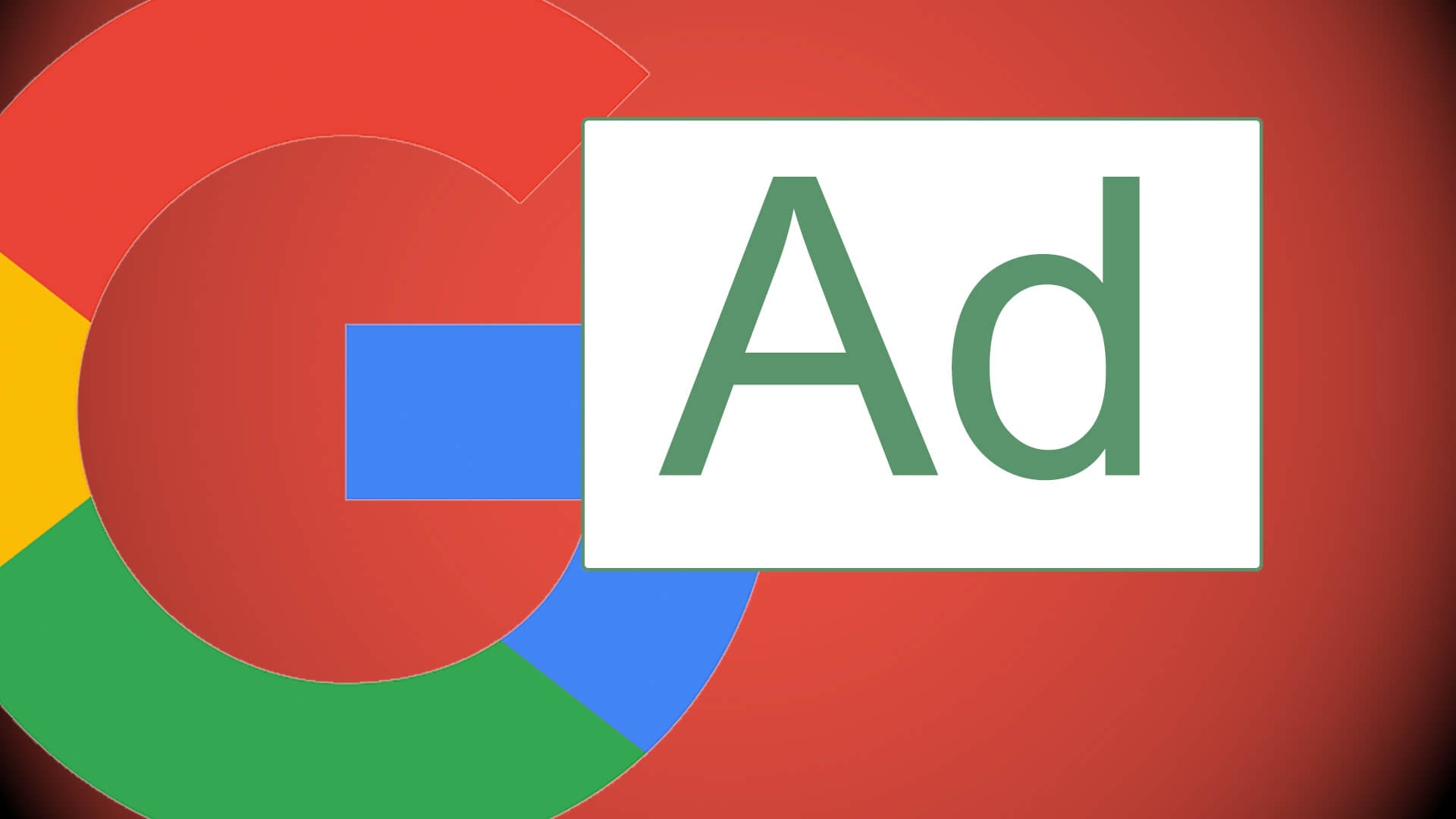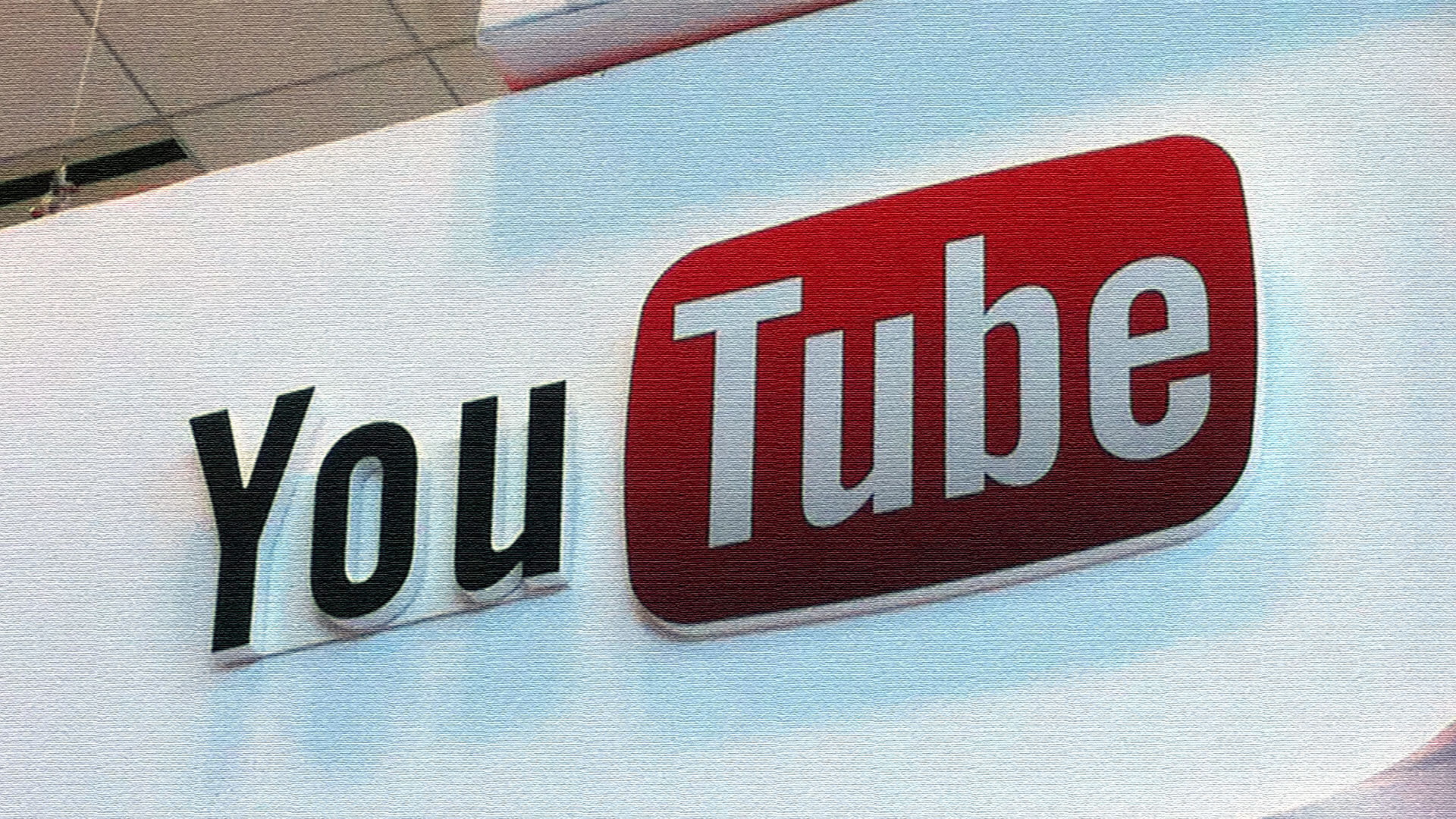
Google has been transitioning advertisers to larger text ads for about a year now. And, as of February 2017, it became impossible to create, copy and paste or edit the old style (or “standard”) text ads. You can pause and unpause them, but that’s about all you can do with them.
This has really accelerated the push to the new format; even if all you’re doing is changing a landing page URL, you have little choice at this point but to write a brand-new ad to go with it.
I have seen many expanded text ads perform better than standard text ads — and many perform worse. Based on other published articles, clearly some advertisers have struggled with the process somewhat and seen mixed results. In retrospect, I think a slightly rocky road for this transition should have been predictable.
This article runs through why I think some have struggled and details my recommendations for overcoming these difficulties with ad writing.
First: What I think is behind the move to expanded text ads
The traditional 25-character Headline, 35-character Description 1 and 35-character Description 2 limits have been replaced by the much larger 30/30/80 (Headline 1/Headline 2/Description) size, often resulting in the ad appearing one line longer in the search results. If you really dig into it and do some math, it’s pretty easy to show that simply making most ads one line longer will result in a significantly higher click-through rate, just on the basis of screen area covered.
Click-through rate studies have pretty consistently shown a decline by a factor of two in each position. (Here’s a link to a review I did of some CTR studies. It’s fairly old, but it illustrates the principles.) Agencies publish these studies from time to time (usually oriented toward organic CTR), but if you look in Richard Stokes’s excellent book, “The Ultimate Guide to Pay Per Click Advertising,” he shows very similar curves for paid search.
Here’s a quick back-of-the-envelope scenario that shows how we can use these studies to analyze the effect of expanded text ads.
Assume for this exercise that 4 percent of searchers click on the top ad on average, 2 percent click on the second ad, and 1 percent click on the third ad. (It doesn’t matter what percentage you start with, really, as long as you assume the percentage drops by half each time — which the CTR studies have consistently shown).
For Ad #1, assume that it’s a four-line ad, with each line attracting 25 percent of the action, i.e., 1 percent of searchers will click on the ad based on each line. Also note that not all lines are actually clickable; the click usually happens on the headline, but additional lines contribute to that line being clicked on (increasing the ad’s CTR).
Now assume, instead of a four-line ad, a five-line ad. OK, so if each line previously got 1 percent of searchers to click, for a total of 4 percent, then you would now have a 5 percent CTR. What is that? It’s a 25 percent increase. This is not far from what Google usually announces with every new extension, and Google cited an average CTR bump for expanded text ads of 20 percent in early tests last year.
Because screen area or number of lines (same thing, really) can account for a 20-25 percent CTR increase, it seems pretty clear to me that the increase is likely simply because all the other lines on the page are pushed down, including an organic line just above the fold.
So, I’m pretty skeptical about the real value-add of this whole massive effort across the industry, beyond simply pushing organic down another line. The AdWords team is probably mandated by their management to stick to three ads at the top (now four for “highly commercial” queries), so they have a huge incentive to constantly roll out new extensions, larger ad formats… anything to make ads larger and take up more real estate within those constraints.
That said, let’s go ahead and rewrite all our ads!
OK, I rewrote all my ads. Why are so many of them doing worse?
I think a major tactical mistake early on was encouraging advertisers to rewrite their ads — and many advertisers have a lot of them — but not emphasizing ad testing enough. After all, many advertisers have ads that have been tested and optimized over a period of years.
Think about it: Because these new ads are much bigger, they require a lot of new text, so the rewriting process is really stimulating a lot of rethinking of messaging. So many of the rewritten ads are actually completely new ads (maybe even written by different, newer account managers, since the people who wrote the old ads moved on years ago).
But these new ads are going up against many ads that are proven winners — ads that have beaten lots of other ads in tests previously. So on average, they’re really quite unlikely to do as well as the old ads right out the gate. This, I believe, explains the mixed results reported by others previously on early tests of expanded text ads.
If you’re up against proven winners, you need lots of challengers
Since you’re writing a lot of brand-new ads with new messaging, and you really have no idea how they’re going to do, your best bet is to write several ads for each ad group. I am recommending people write four, done this way:
Ad #1: Create a small-looking ad that is as close as possible to the standard text ad with the highest CTR in the ad group.
Why highest CTR? Obviously, focusing on higher conversions (or even better, as Brad Geddes rightly preaches here, highest profit/impression) would be better. But usually highest CTR is a reasonable, quick choice — you don’t have to do much calculating, and there’s more data available on CTR than conversions.
Note that with everyone trying to take advantage of all the larger character limits, having a very short ad may actually make your ad stand out and get a higher CTR relative to everyone else! So trying to mimic the old ad as much as possible in at least one version is an approach you should try.
Ad #2: Create a second ad that is based on totally new messaging.
Examine your competition, and think way outside the box to try to stand out. If everyone is saying “storage container” in their ads, maybe you should say “shipping container.” Or use your brand name as the headline if everyone else is showing headlines that match the keywords. Be different!
Ad #3: Copy the first ad, and swap Headline 1 with Headline 2.
Ad #4: Copy the second ad, and swap Headline 1 with Headline 2.
If swapping headlines makes no sense messaging-wise, then swap one of them with a portion of the description. The point is to try several approaches to see what works best for each ad group.
The benefits of this approach are threefold:
- You end up with four ads, making the likelihood of finding a winner that can match the old ad much higher than if you just create one.
- You are preserving elements that succeeded previously.
- You have some testing going on in the account, particularly with Headline 2. After all, it’s really a new element versus the other pieces. My feeling is that calls to action perhaps belong there now, but I’m not far enough along in my thinking to be able to say so definitively.
Also, I am recommending that people leave their old ads on, for now, for comparison purposes — and also because there hasn’t been a whole lot of transparency as to how inventory in search is being allocated. Are old or new ads favored in some way? Who knows? I’m more comfortable leaving everything on until I see data proving winners, or until Google sunsets the old format for good.
In conclusion
I have to say I yearn for the old “Headline/Benefit/Call-to-Action” formula that the old ads easily fell into. This “Headline 1 – Headline 2 – Really Long Description” has been a real struggle for me to get used to.
However, it’s a healthy exercise. Even in paid search, ads get stale. Display advertisers change their creatives sometimes in a matter of weeks; I’ve seen search ad performance drop over time simply due to ad fatigue.
Keeping your ads fresh, looking at your competition (particularly since they are rewriting all their ads right now), and making sure your ads are in top form is a worthy exercise.
Contributing authors are invited to create content for Search Engine Land and are chosen for their expertise and contribution to the search community. Our contributors work under the oversight of the editorial staff and contributions are checked for quality and relevance to our readers. The opinions they express are their own.



